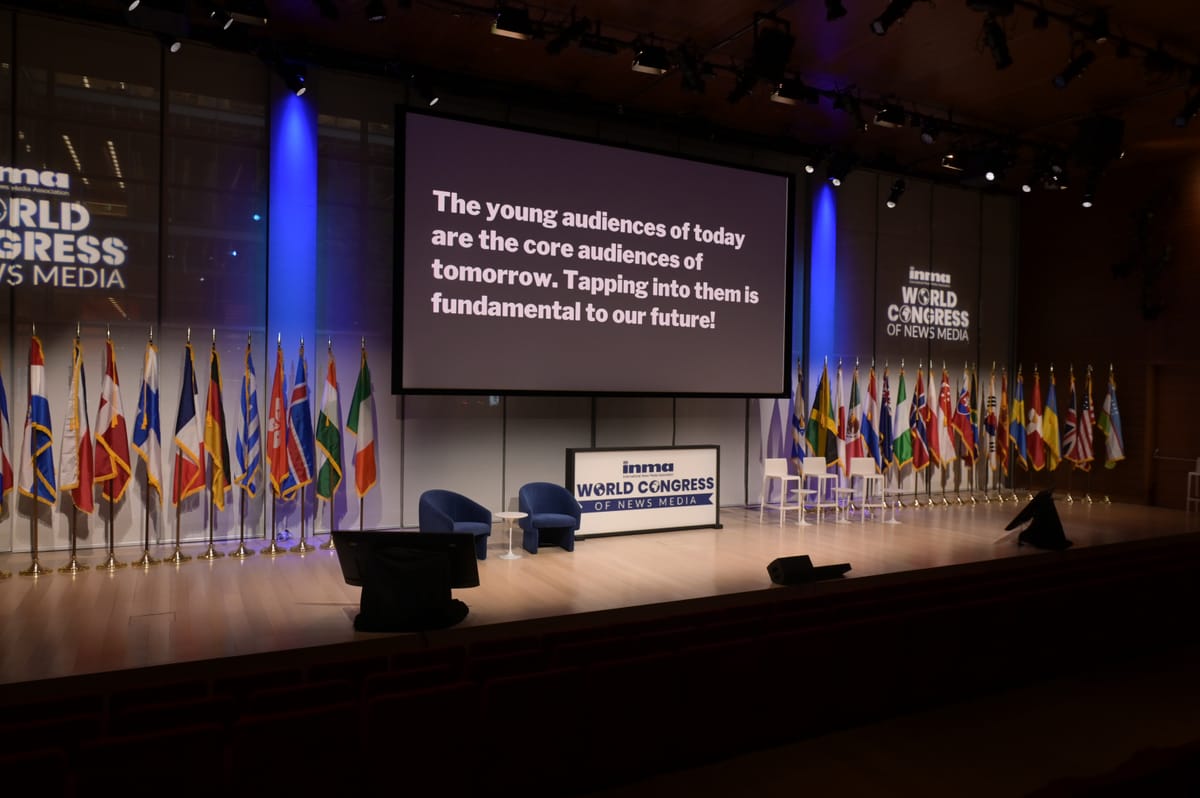Back from INMA World Congress in New York, and if there’s one thing that became clear, it’s that Gen Z is not simply a new audience to reach - they are reshaping the foundations of the news industry itself. The conversations weren’t limited to formats or platforms. They covered trust, leadership, business models, and the role of journalism in society. Gen Z is shaping the present, and they’re doing it fast.
Here’s what Yoof News took away from the sessions and the side conversations:
Gen Z consumes news daily, but trust is in short supply.
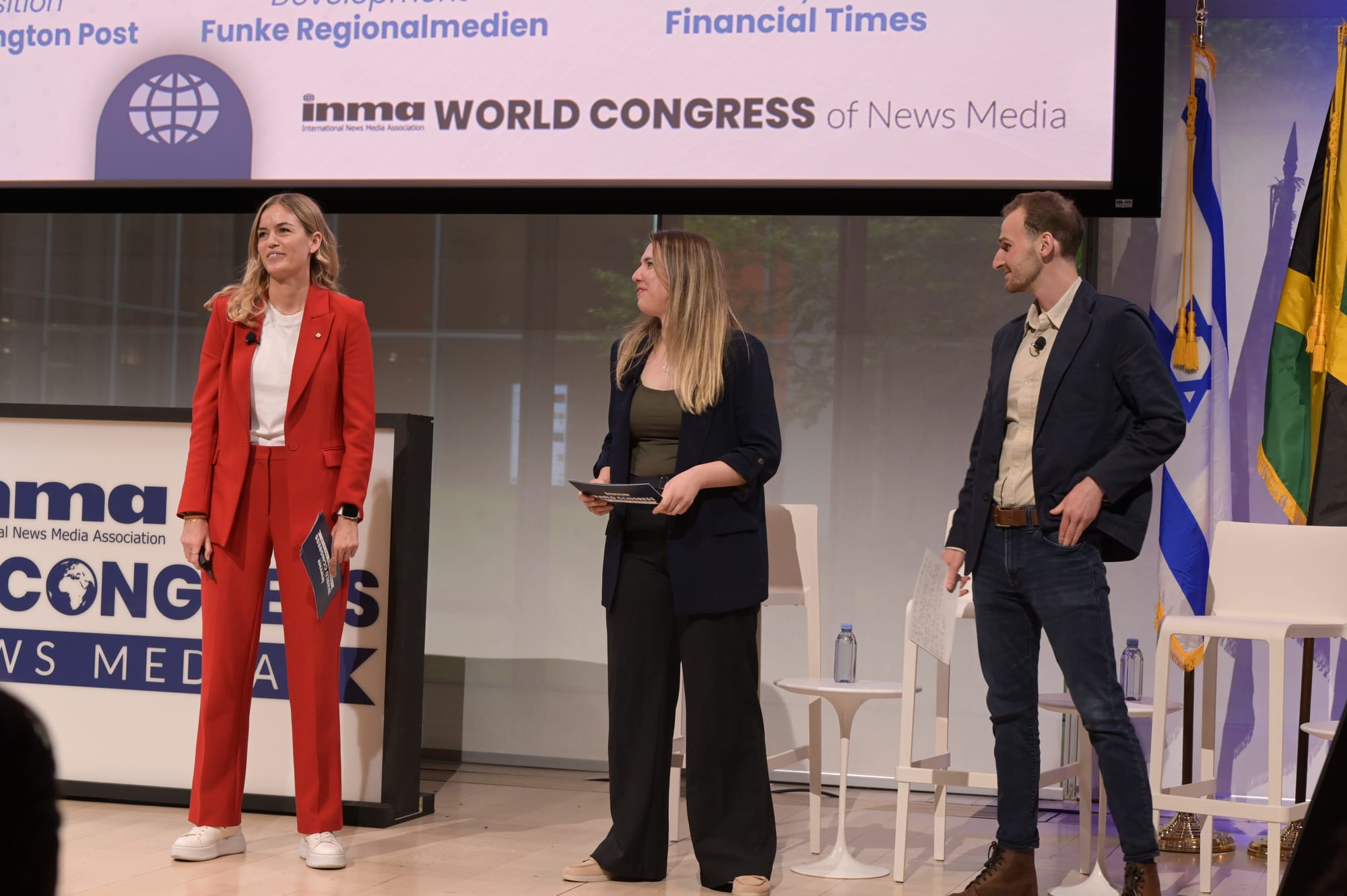
Maria Sakki from the Financial Times shared a striking number: only 16% of Gen Z trust the news media. That figure came up in several discussions, often with a sense of urgency. Young people aren’t tuning out because they don’t care - they’re disengaging because they don’t trust what they see. They’re bombarded with content, yet very little of it feels relevant, credible, or connected to their lives. For media brands, showing up isn’t enough. Earning attention and trust requires a deeper understanding of where Gen Z spends time, how they consume information, and the tone they respond to.
The most relevant accounts on TikTok are faces.
Several speakers pointed out that the accounts cutting through on platforms like TikTok aren’t company brands - they’re individuals. Gen Z gravitates toward people, not institutions. They want to know who’s behind the content, what they stand for, and why they’re telling the story. It’s a fundamental shift in how trust is built, and it challenges traditional newsroom cultures. Publishers need to empower journalists to show up as themselves, not just as bylines under a masthead.
South China Morning Post is handing leadership to younger voices.
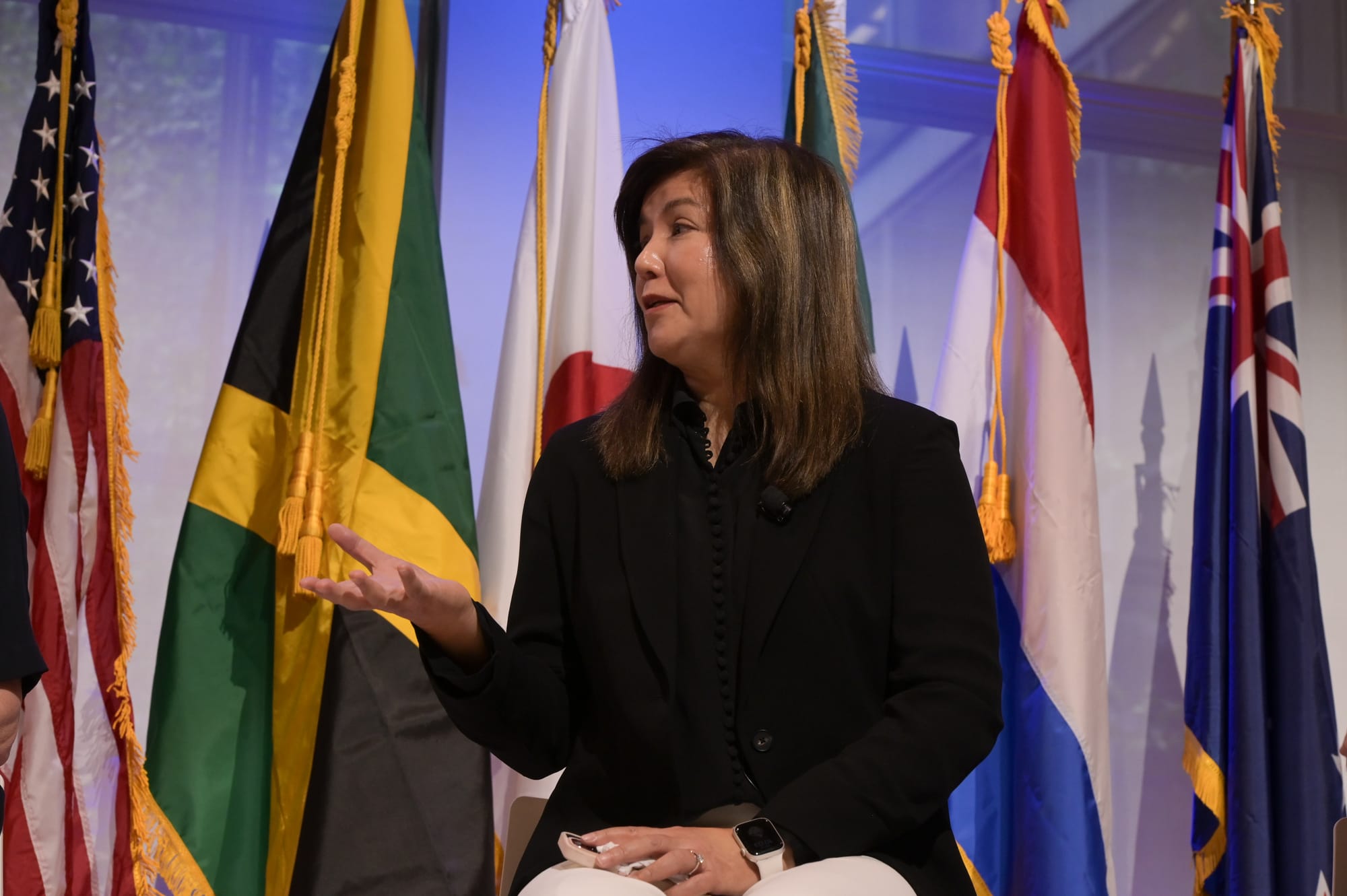
Zuraidah Ibrahim shared that at SCMP, younger reporters are now managing even younger colleagues. It’s a model that reflects how Gen Z works: less hierarchy, more collaboration. They’re not waiting for permission to lead. This shift is about trusting those who understand emerging audiences and culture to take ownership and drive the work forward.
Reverse mentoring isn’t a scheme at Dow Jones - it’s something that happens naturally.
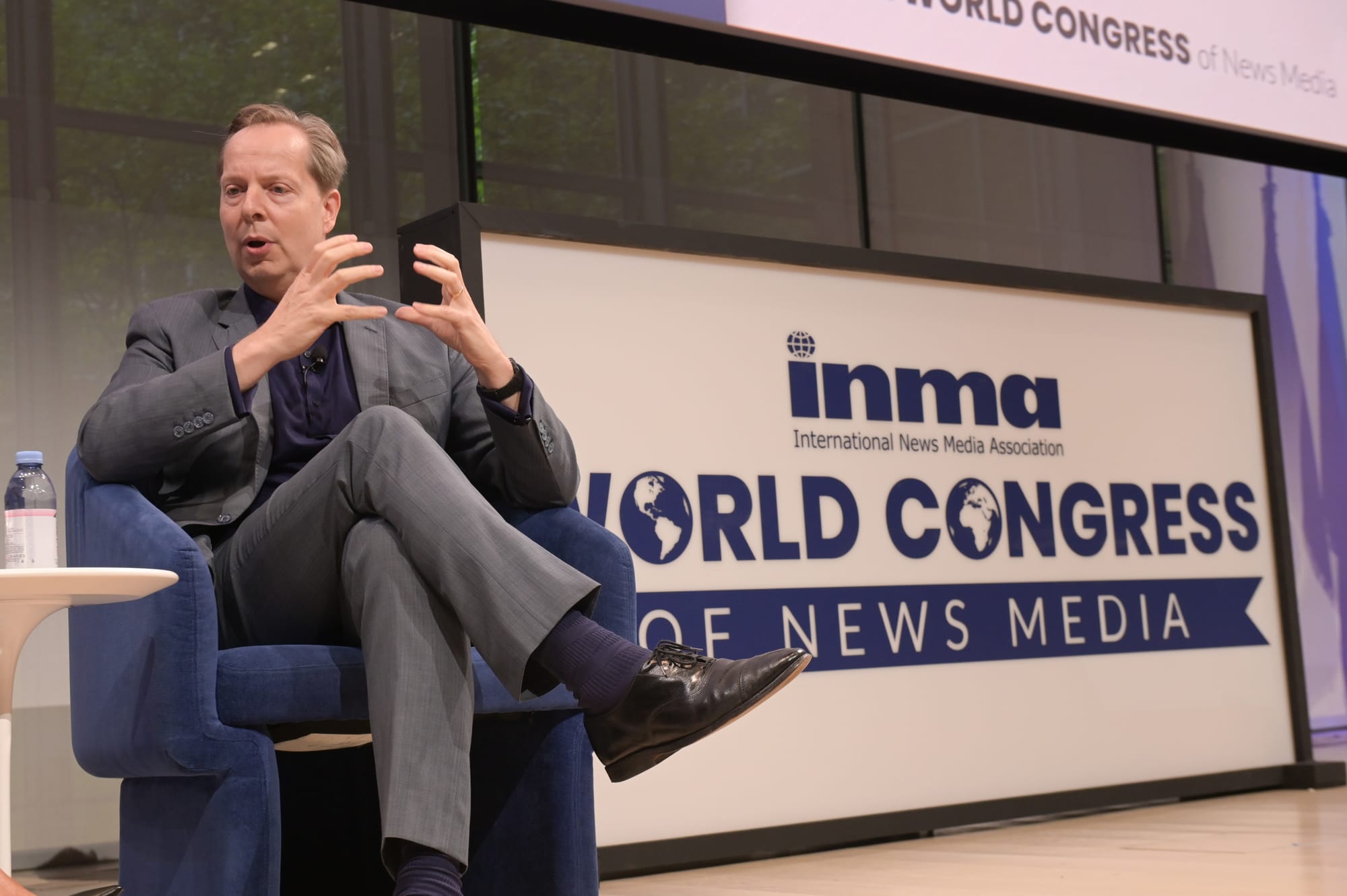
Almar Latour spoke about having informal coffees with interns. No formal framework, just a simple way of staying connected to the ideas and perspectives that don’t always surface in a boardroom. It’s a reminder that learning flows in both directions, and the most valuable insights often come from the newest voices in the room.
AI is advancing faster than we can keep up, and Gen Z will shape how it’s used.
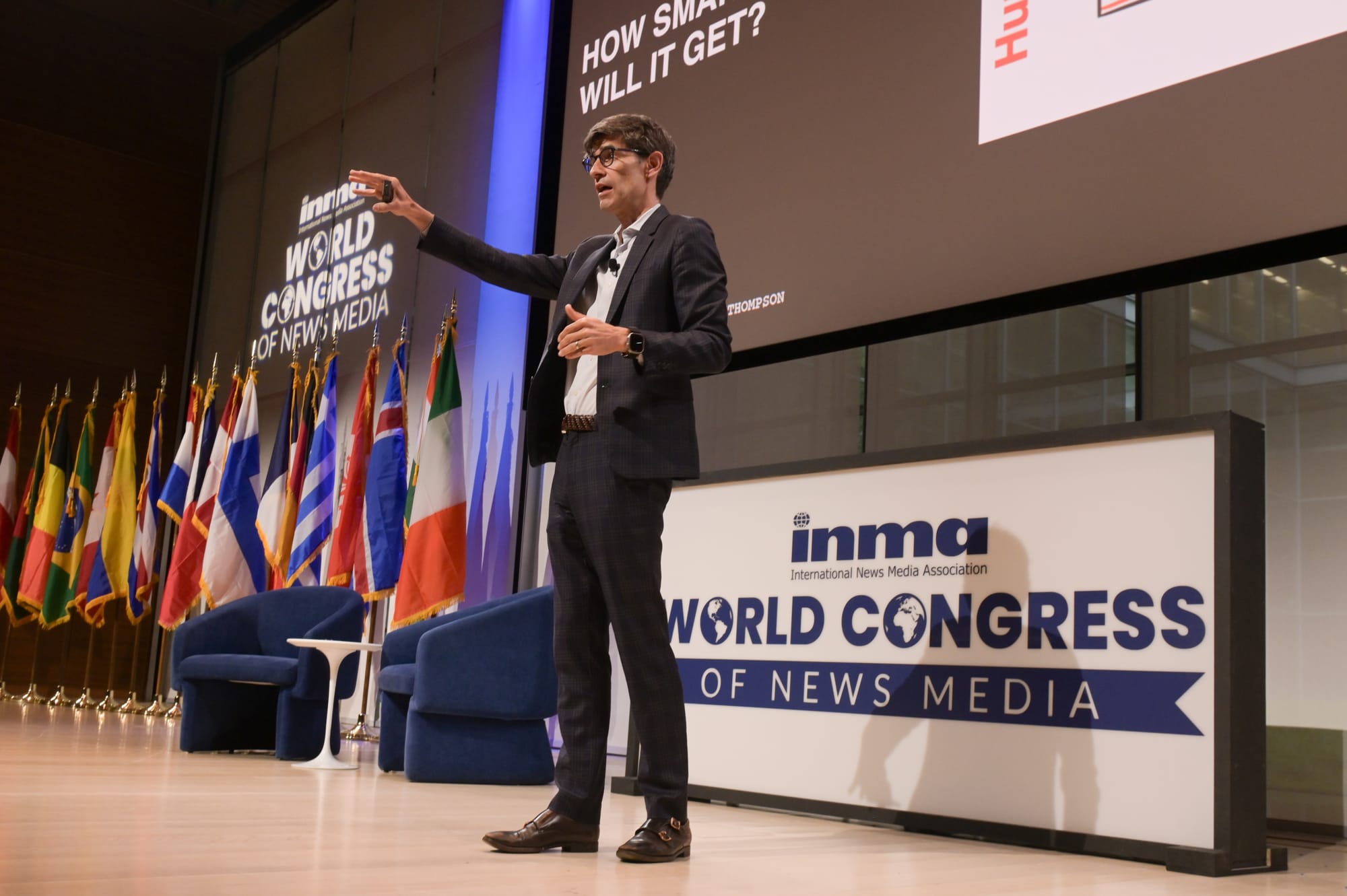
Nicholas Thompson from The Atlantic described the AI cycle we’re entering, where AI systems are improving themselves. It raises big questions about how this generation will navigate information, what they will trust, and how quickly the landscape is shifting. For media brands, the challenge isn’t just about adopting AI tools - it’s about understanding how AI is rewiring the information ecosystem that Gen Z lives in.
Newsrooms are becoming more personality-driven.
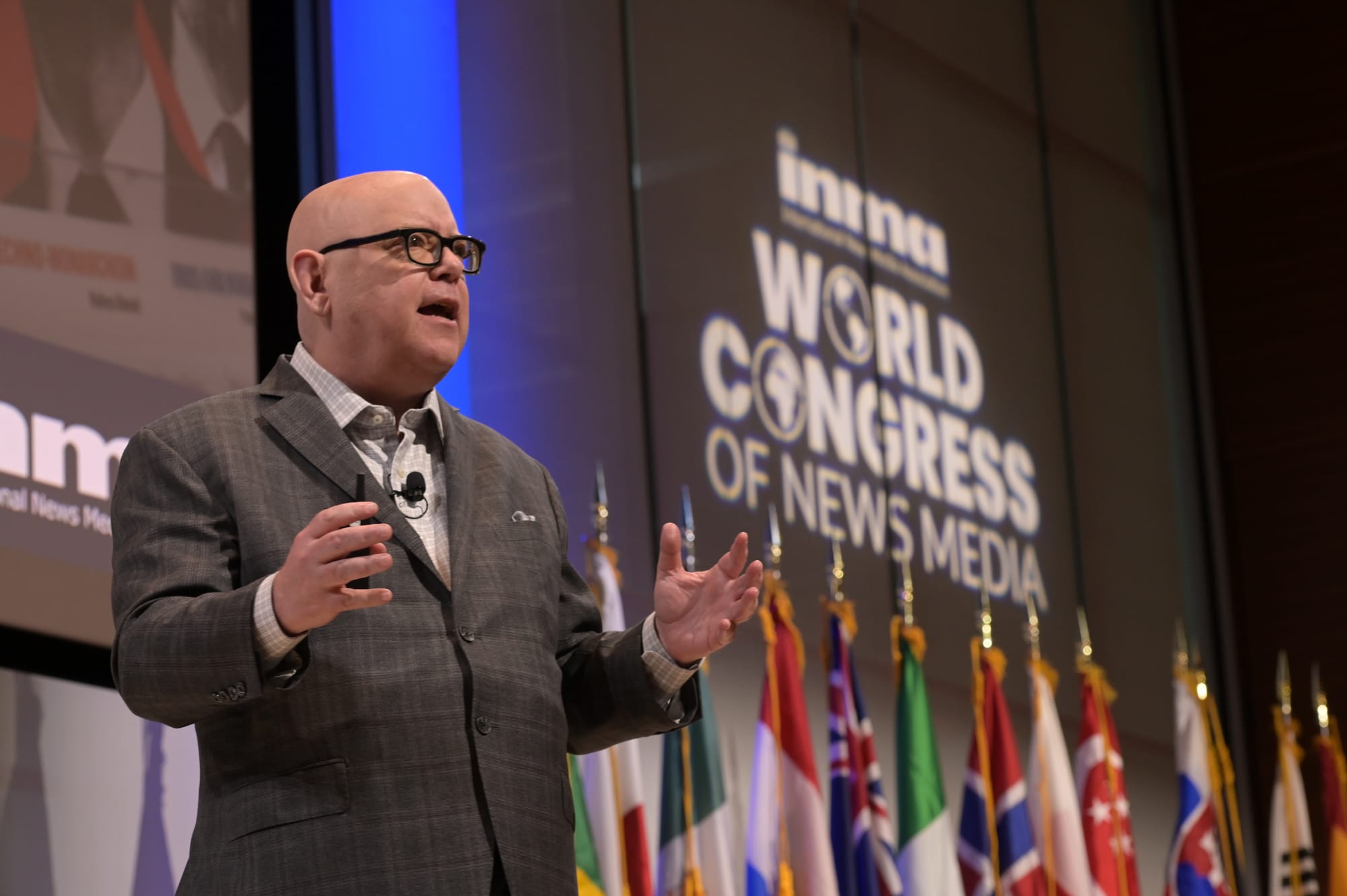
Earl Wilkinson spoke about the shift in journalism: less policy-focused, more personality-led. It’s a reflection of what audiences, especially younger ones, expect. They want to know the people behind the stories, understand their perspectives, and feel a connection beyond the headline. It’s changing the role of journalists and how they show up in public spaces.
The big question: How does media stay relevant?
Gen Z’s expectations are already reshaping how newsrooms operate, how content is packaged, and how loyalty is built. The tools are evolving fast - AI, social platforms, creator ecosystems - but the core challenge is human. How do you build trust when attention is scattered? How do you create formats that feel natural on platforms built for entertainment? And how do you adapt your organisation’s culture to be fast, responsive, and open to new ideas?
INMA NYC made it clear: the future of media isn’t being decided in a boardroom. It’s being shaped by the habits, voices, and expectations of the next generation.


